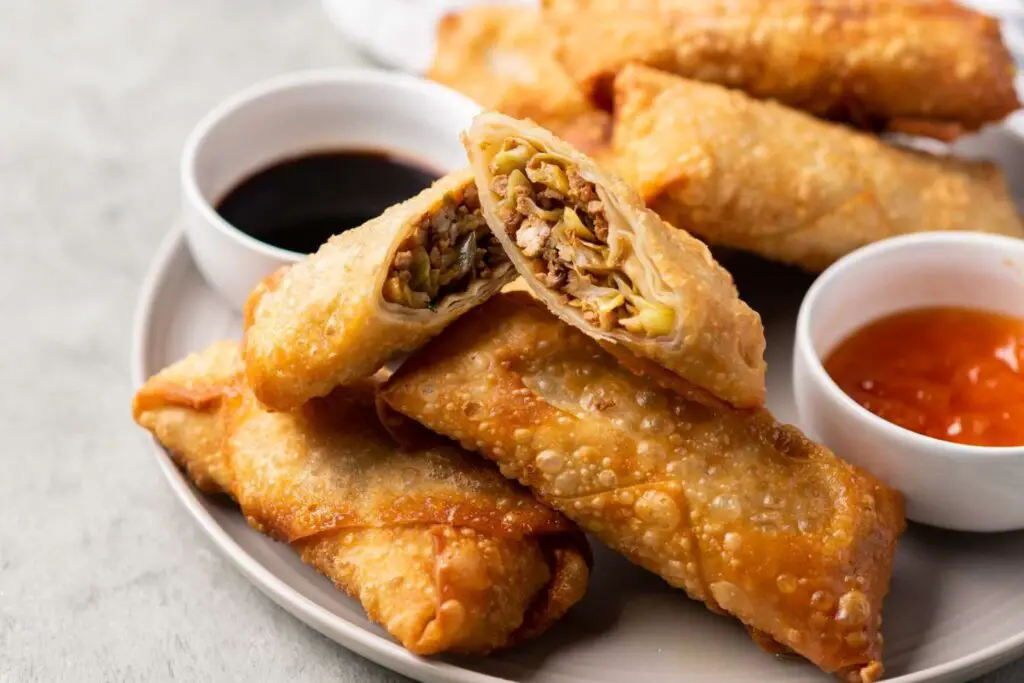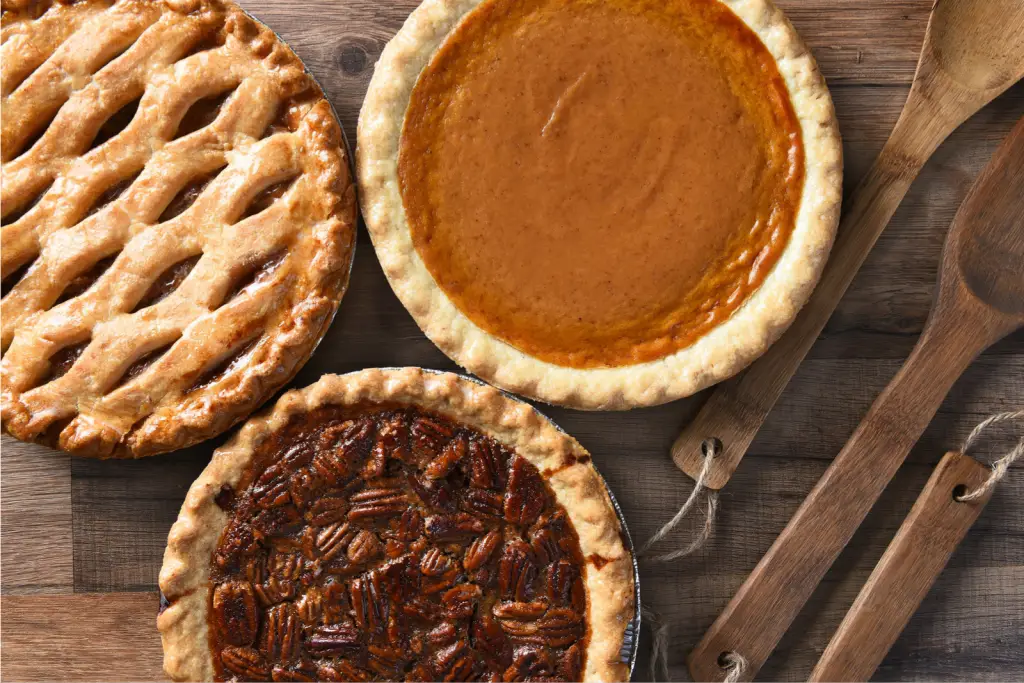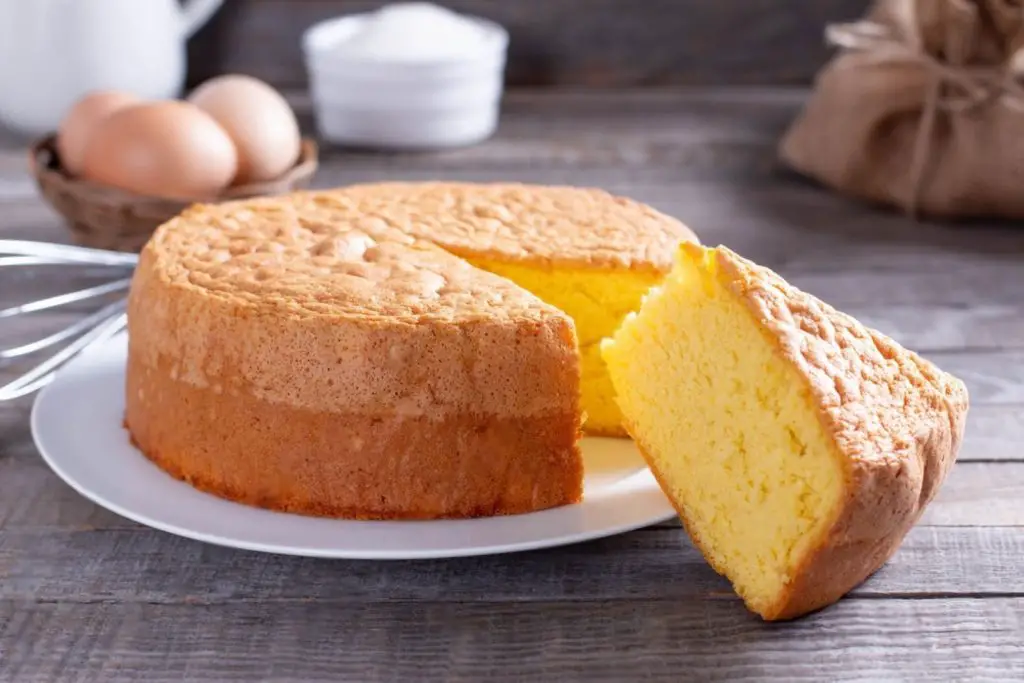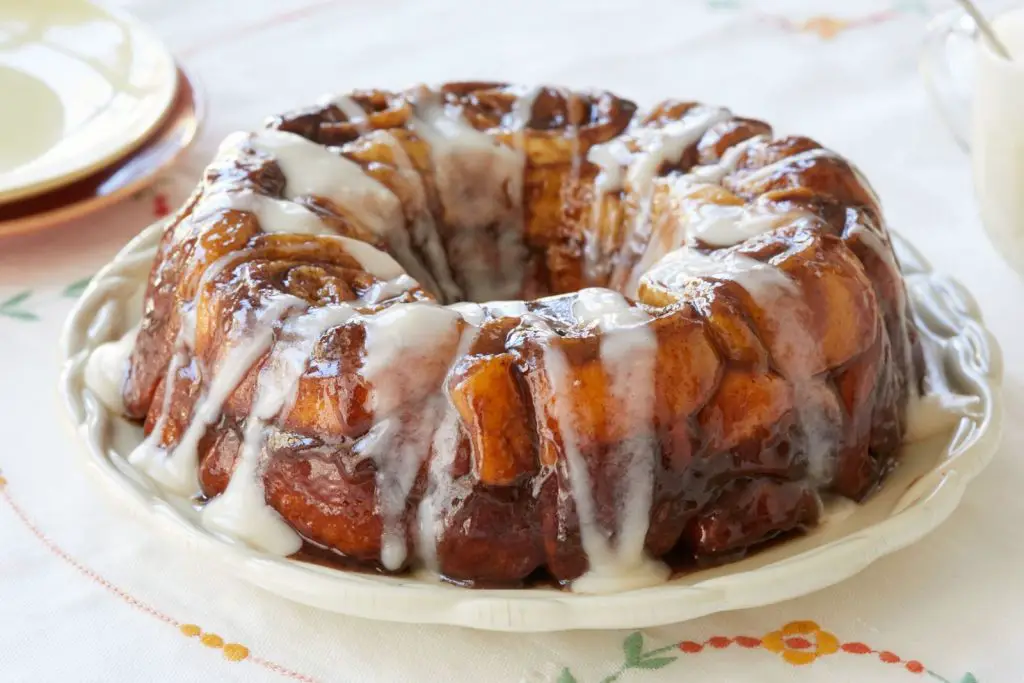
Rellenos are a delicious and popular dish made with stuffed peppers. Whether you have a surplus of freshly made rellenos or want to preserve the flavor of a particularly tasty batch, freezing them is a great option. Freezing rellenos allows you to enjoy them later without compromising their taste and texture. In this article, we will guide you through the process of freezing rellenos, ensuring that they maintain their quality for future enjoyment.
Follow these simple steps to freeze your rellenos:
Step 1: Prepare the rellenos
To begin the process of freezing rellenos, you need to prepare them according to your preferred recipe. Rellenos are typically made by stuffing peppers with a flavorful filling. The filling can consist of various ingredients, such as cheese, meat, or vegetables, depending on your personal taste and dietary preferences.
Start by selecting fresh peppers suitable for stuffing. Common choices include bell peppers, poblano peppers, or Anaheim peppers. Cut off the tops of the peppers and remove the seeds and membranes from the inside, creating a hollow cavity for the filling.
Next, prepare the filling mixture. You can choose from a wide range of options based on your culinary preferences. Some popular fillings include a combination of ground meat (such as beef, chicken, or pork), cooked rice, onions, garlic, herbs, spices, and cheese. Vegetarian or vegan options can include a mixture of vegetables, grains, and plant-based proteins.
Once you have prepared the filling, stuff each pepper with an appropriate amount, ensuring they are evenly filled. Be careful not to overstuff the peppers, as this can cause them to burst during the freezing process. Leave a small amount of space at the top of each pepper to allow for expansion during freezing.
After stuffing the peppers, it’s essential to fully cook them before proceeding with the freezing process. This ensures that the filling is thoroughly heated, any raw meat is properly cooked, and the flavors meld together. Cooking times will vary depending on the type and size of the peppers, as well as the specific ingredients in the filling. Follow the cooking instructions in your recipe or bake the rellenos in a preheated oven until the peppers are tender and the filling is cooked through.
Step 2: Cool the rellenos
After cooking the rellenos, it’s crucial to allow them to cool completely before freezing. Cooling the rellenos serves several purposes that help maintain their quality during the freezing process.
One reason to cool the rellenos is to prevent condensation from forming when they are placed in the freezer. Placing hot or warm rellenos directly in the freezer can lead to the formation of moisture on the surface, which can negatively impact their texture. The moisture can cause ice crystals to form, resulting in a loss of quality and potentially making the rellenos soggy upon thawing. By cooling the rellenos before freezing, you reduce the risk of excessive condensation and preserve their desirable texture.
Additionally, cooling the rellenos before freezing helps prevent bacterial growth. When food is hot, it creates an ideal environment for bacteria to thrive. By allowing the rellenos to cool down, you minimize the time that bacteria have to multiply and potentially cause foodborne illnesses. Cooling the rellenos to room temperature before freezing is an essential food safety practice that ensures the frozen rellenos remain safe to consume.
To cool the rellenos, place them on a wire rack or a heat-resistant surface and let them sit at room temperature. This process allows the excess heat to dissipate and brings the rellenos to a safe temperature for freezing. It’s important to note that leaving the rellenos out for an extended period can also lead to bacterial growth, so make sure to cool them within a reasonable time frame, typically within two hours.
Step 3: Arrange the rellenos for freezing
After the rellenos have cooled down, it’s time to arrange them in a way that promotes individual freezing and prevents them from sticking together. This step is crucial to ensure that the rellenos maintain their shape and integrity during the freezing process.
To begin, prepare a baking sheet or a flat surface by lining it with parchment paper. The parchment paper prevents the rellenos from sticking to the surface and makes it easier to remove them later. Alternatively, you can use a silicone baking mat or lightly grease the surface to prevent sticking.
Place the cooled rellenos on the prepared baking sheet or flat surface, ensuring that they are not touching each other. Leaving space between the rellenos allows for proper airflow during freezing and prevents them from fusing together. If the rellenos come into contact with one another during freezing, they can become difficult to separate, leading to a loss of their original shape and presentation.
Keeping the rellenos separate also enables you to easily remove the desired quantity when you’re ready to use them without having to thaw the entire batch. This way, you can conveniently take out and thaw only the number of rellenos you need, reducing waste and allowing for greater flexibility in meal planning.
Can I freeze rellenos in batches or should I freeze them individually?
You can freeze rellenos in batches or individually, depending on your preference and convenience. Freezing them in batches is suitable if you plan to consume them together or if you have limited storage space. However, freezing them individually allows for more flexibility in portion control, as you can thaw and use only what you need at a time without having to defrost the entire batch.
Step 4: Pre-freeze the rellenos
Once the rellenos are arranged on the baking sheet or flat surface, it’s time to pre-freeze them. Pre-freezing involves placing the rellenos in the freezer for a few hours before final packaging. This step is essential as it helps the individual rellenos hold their shape and prevents them from clumping together during the final freezing process.
During the pre-freezing stage, the moisture within the rellenos begins to freeze slowly. This gradual freezing process allows the rellenos to develop a protective outer layer of ice crystals. These ice crystals help maintain the shape and structure of the rellenos, preventing them from getting squished or flattened when they come into contact with other items in the freezer.
Pre-freezing also helps prevent the rellenos from sticking together. As the outer layer of ice crystals forms during pre-freezing, it creates a barrier between the rellenos, reducing the likelihood of them fusing together when they are stored in a container or freezer bag. This ensures that each relleno remains distinct and can be easily separated when you’re ready to use them.
To pre-freeze the rellenos, carefully place the baking sheet or flat surface with the arranged rellenos in the freezer. Make sure the rellenos are on a flat and level surface, so they don’t tip over or become misshapen. Allow the rellenos to remain in the freezer for a few hours or until they are firm to the touch.
The duration of pre-freezing may vary depending on factors such as the size of the rellenos, the temperature of your freezer, and the consistency of the filling. Generally, a few hours of pre-freezing should be sufficient, but you can leave them in for longer if needed.
Step 5: Package the rellenos
Once the rellenos have been pre-frozen, it’s time to package them for long-term storage in the freezer. Proper packaging helps protect the rellenos from freezer burn, maintain their quality, and prevent them from absorbing odors from the freezer environment. Follow these steps to package the rellenos effectively:
- Freezer-safe containers: If you prefer to use containers, choose ones specifically designed for freezer storage. These containers should be airtight and made of materials that can withstand low temperatures without cracking or becoming brittle. Glass or plastic containers with secure lids are commonly used for freezing rellenos. Select a container size that accommodates the number of rellenos you plan to store. Place the pre-frozen rellenos in the containers, leaving some space at the top to allow for any expansion during freezing.
- Resealable plastic bags: Alternatively, you can use resealable plastic bags specifically designed for freezer use. These bags should be thick and durable to prevent air and moisture from entering. Place the pre-frozen rellenos in a single layer in the bags, leaving a small space at the top for sealing. Ensure the bags are tightly sealed, squeezing out as much excess air as possible before closing them.
- Air removal: Whether you choose containers or bags, it’s important to remove excess air from the packaging. Air trapped inside the packaging can lead to freezer burn, which can affect the texture and taste of the rellenos over time. To remove air from containers, press down gently on the lids until you see the air escaping, then seal them tightly. For bags, gently press out as much air as possible before sealing them shut. This step helps maintain the quality of the rellenos during freezer storage.
- Double-bagging (optional): To provide an extra layer of protection against freezer odors and potential leaks, you may consider double-bagging the rellenos if using plastic bags. Place the sealed bag of rellenos inside another resealable bag and seal it tightly. Double-bagging adds an extra barrier to prevent odors from permeating the rellenos and helps prevent any potential leakage from damaging other items in the freezer.
Step 6: Seal and label the packages
After packaging the rellenos for freezer storage, it’s important to seal the containers or bags tightly to maintain their quality and prevent any air or moisture from entering. Additionally, labeling each package with the date of freezing is crucial for keeping track of their freshness. Let’s explore the importance of sealing and labeling the packages:
- Sealing: Whether you’re using containers or resealable plastic bags, ensure that they are tightly sealed. Proper sealing prevents air from entering the packaging, which can lead to freezer burn and degrade the quality of the rellenos over time. Check the lids or closures of the containers to ensure a secure fit, and for bags, verify that they are tightly sealed. Taking the extra step to double-check the seal helps maintain the integrity of the rellenos during freezing.
- Labeling: Labeling each package with the date of freezing is essential for keeping track of the rellenos’ freshness. When stored in the freezer, it’s easy for items to get forgotten or lost among other frozen foods. By clearly marking the date of freezing on each package, you establish a system that allows you to easily identify and prioritize the usage of the rellenos. This information ensures that you consume the rellenos within a reasonable timeframe while they are still at their best quality.
To label the packages, use a permanent marker or freezer-safe labels. Write the date of freezing prominently on the package, making sure it is visible and easy to read. If you have multiple packages of rellenos with different freezing dates, it’s helpful to label them accordingly, indicating which batch was frozen first.
Step 7: Store in the freezer
After sealing and labeling the packages of rellenos, it’s time to store them in the freezer for long-term preservation. Proper storage ensures that the rellenos remain in optimal condition and are protected from damage or temperature fluctuations. Follow these guidelines for storing the rellenos in the freezer:
- Upright position: When placing the sealed packages in the freezer, it’s best to store them in an upright position. This arrangement helps save space and prevents the rellenos from being crushed or damaged. Placing them upright also ensures that the fillings remain intact and don’t shift during freezing. If you have limited space, you can stack the packages on top of each other, but make sure to leave some room between them to allow for proper airflow.
- Consistent temperature: Select a section in your freezer that maintains a consistent temperature, such as the back or middle shelves. These areas usually experience fewer temperature fluctuations compared to the door or top shelf, which are more susceptible to warm air entering when the freezer is opened. Consistency in temperature helps maintain the quality and texture of the rellenos throughout their storage period.
- Avoid overcrowding: It’s important to avoid overcrowding the freezer, as this can hinder proper airflow and lead to uneven freezing. Leave some space between the rellenos and other items in the freezer to allow cold air to circulate around them. Adequate airflow promotes uniform freezing, which helps preserve the rellenos’ quality and texture.
- Freezer organization: To keep track of the rellenos and maximize freezer space, you can organize them by grouping similar items together or using storage bins or shelves. This way, you can easily locate the rellenos when you want to use them, without having to search through a cluttered freezer.
How long can I freeze rellenos in the freezer?
You can typically freeze rellenos in the freezer for up to three months without a significant loss in quality. It’s important to package them properly to minimize freezer burn and maintain their flavor. After three months, while they may still be safe to eat, the quality and taste may start to deteriorate. It’s recommended to label the packaging with the date of freezing to keep track of their storage time.
Other related questions
How do I defrost frozen rellenos?
To defrost frozen rellenos, it is recommended to transfer them from the freezer to the refrigerator. Allow them to thaw slowly and evenly for about 24 hours or until completely defrosted. This gradual thawing process helps maintain the texture and flavor of the rellenos. Once thawed, you can proceed with reheating or cooking them according to your desired method or recipe.
Can I refreeze previously thawed rellenos?
It is generally not recommended to refreeze previously thawed rellenos. When you thaw rellenos, moisture is released, and the texture and quality may be affected. Additionally, refreezing can potentially lead to the growth of bacteria and compromise food safety. If you have thawed rellenos and do not plan to consume them all, it’s best to separate them into portions before freezing, so you can thaw and use only what you need to minimize waste and maintain the best quality.
How do I know if my frozen rellenos have gone bad?
There are a few indicators to look out for to determine if your frozen rellenos have gone bad. Firstly, check for any noticeable changes in texture or appearance, such as freezer burn, discoloration, or an off-putting smell. If the rellenos appear mushy, slimy, or have an unusual odor, it is a sign of spoilage. Additionally, if you notice ice crystals on the surface or inside the packaging, it may indicate that the rellenos have been subjected to temperature fluctuations and could have lost their quality. When in doubt, it’s best to err on the side of caution and discard any rellenos that appear spoiled or have questionable quality.
Can I use frozen rellenos with the fresh ones?
Yes, you can use frozen rellenos with fresh ones, but there are a few considerations to keep in mind. Frozen rellenos may have a slightly different texture and taste compared to fresh ones due to the freezing and thawing process. If you’re combining them in a dish, ensure that the cooking times and temperatures are adjusted accordingly to evenly cook both the fresh and frozen rellenos. It’s also important to note that the freshness and quality of the overall dish may be influenced by the presence of frozen rellenos, so it’s advisable to use them in recipes where slight variations in texture or taste are acceptable.
Can I reheat frozen rellenos in the microwave?
Yes, you can reheat frozen rellenos in the microwave. However, it’s important to note that the texture may not be as crispy or firm compared to reheating in the oven or stovetop. To prevent the rellenos from becoming overly soggy, it’s recommended to use a microwave-safe plate, cover them with a microwave-safe cover or paper towel to trap steam, and heat them in short intervals, checking and stirring as needed until they are heated through.
Can I freeze rellenos with the sauce or should I separate them?
It is generally recommended to freeze rellenos and sauce separately. Freezing them together can lead to texture changes and affect the overall quality of both the rellenos and the sauce. Separating them allows for more flexibility in reheating and serving, as you can thaw and heat each component individually, ensuring the best taste and texture when enjoyed together.
Can I freeze rellenos made with different fillings or only specific types?
You can freeze rellenos made with different fillings, but it’s important to consider the specific ingredients and their suitability for freezing. Generally, fillings that freeze well include cooked meats, beans, and vegetables. However, ingredients like delicate fresh herbs or raw eggs may not retain their quality after freezing. It’s always recommended to test the freezing compatibility of the specific filling ingredients before freezing a large batch of rellenos.
Can I freeze rellenos that are made with cheese or other dairy products?
Yes, you can freeze rellenos that are made with cheese or other dairy products, but it’s important to note that the texture and consistency of the dairy components may change after freezing and thawing. Cheese can become slightly crumbly or grainy, and the texture of creamy fillings may be altered. However, if you’re okay with potential textural changes, frozen rellenos with cheese or dairy fillings can still be enjoyable.








